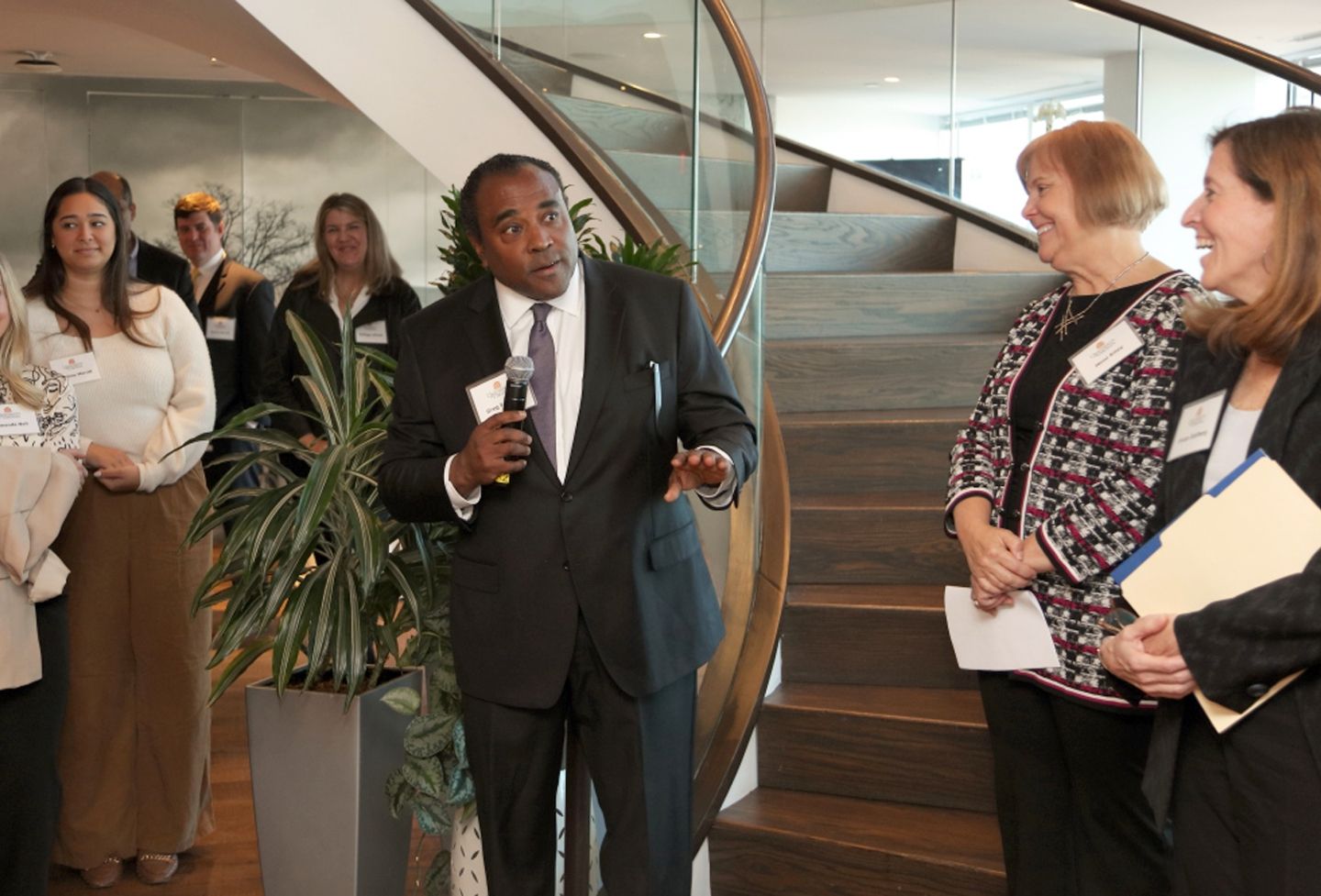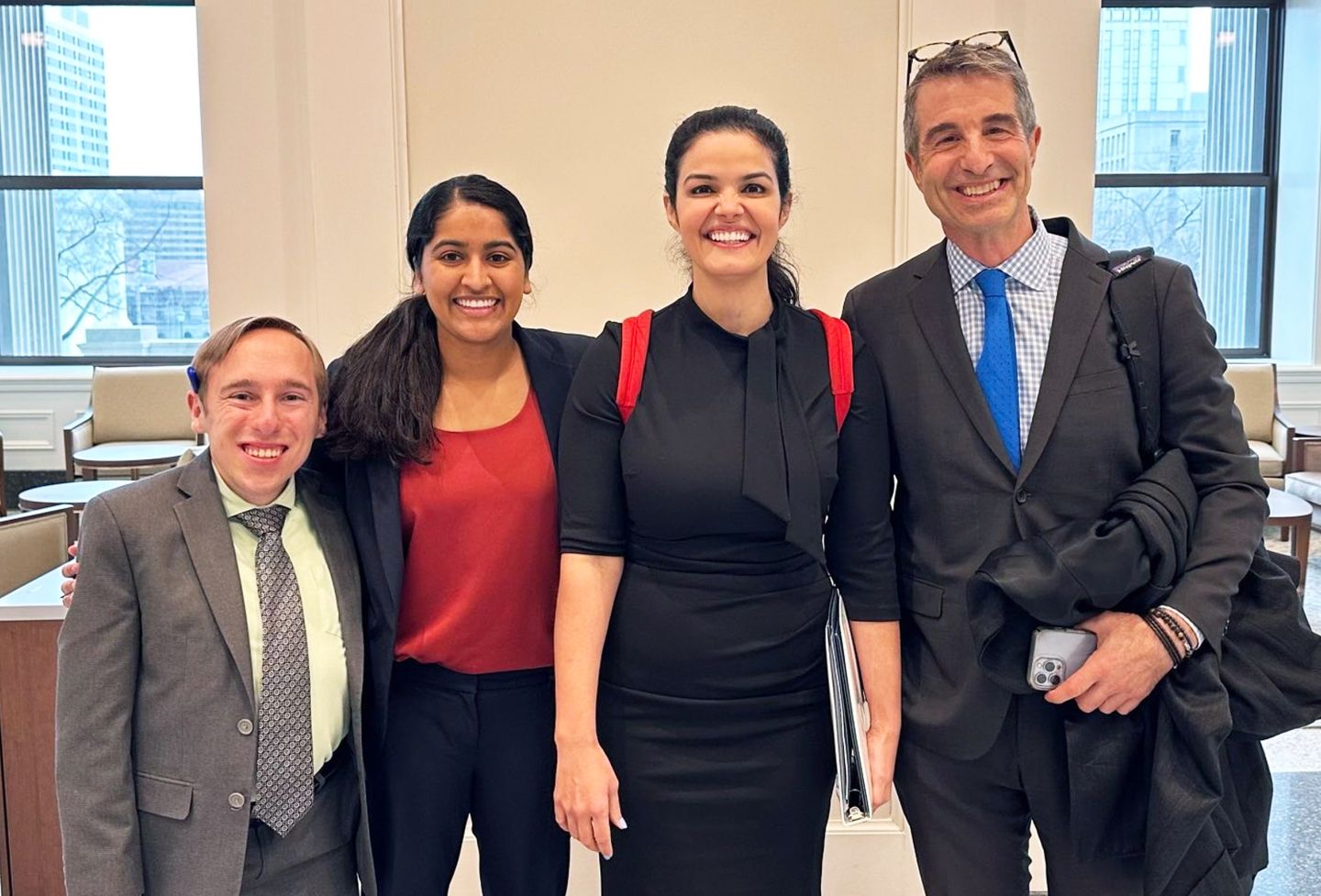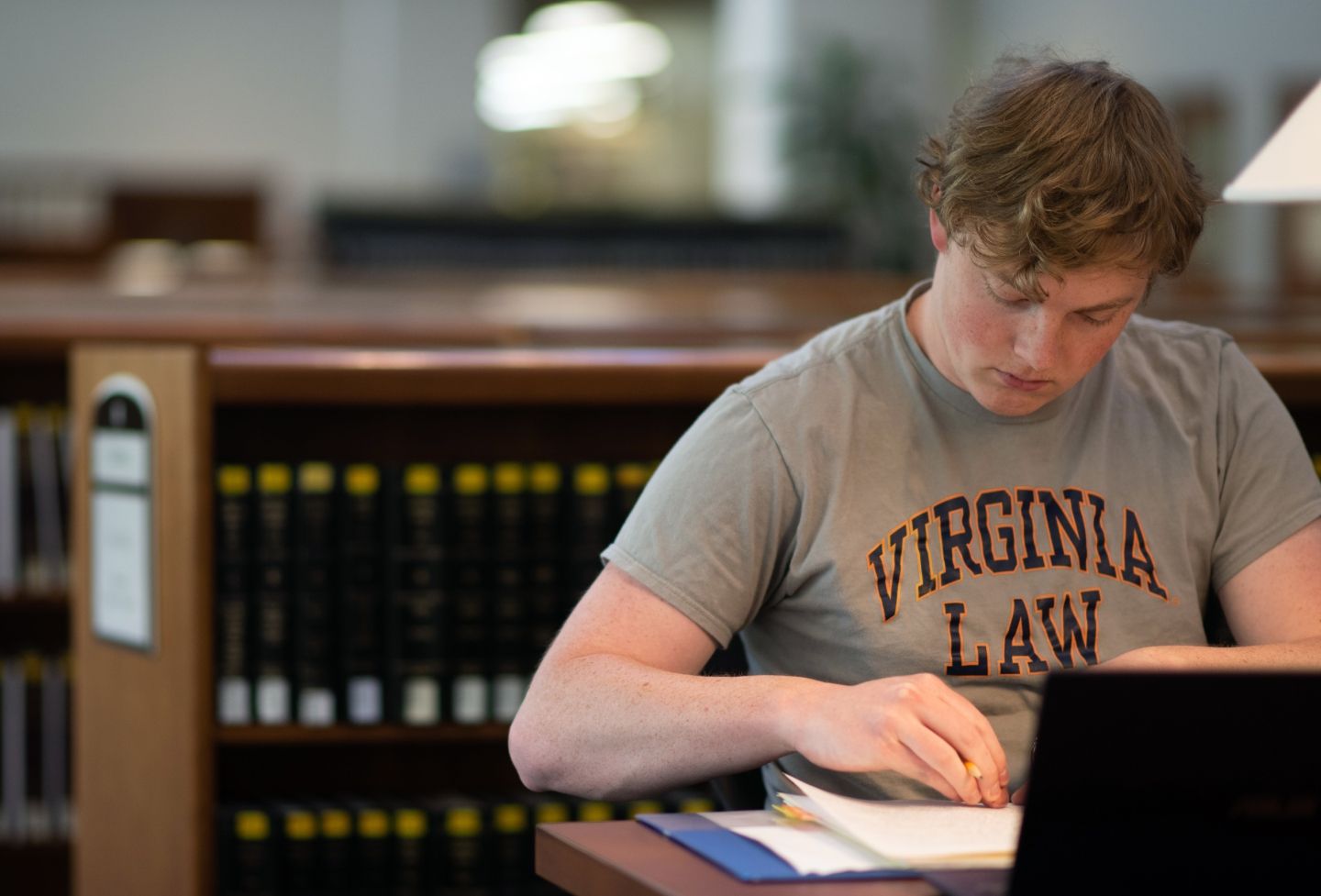Before she became a chief, G. Anne Richardson grew up with her family in the Rappahannock tribe’s “Chief’s House,” set near a series of historic springs that are tied into the Rappahannock River in Indian Neck, Virginia. She attended a nearby tribal school, and spent her free time fishing the river and learning about the power of herbs from her grandmother, the granddaughter of a medicine man.
Although Richardson treasures those memories, she mourns the fact that her 300-member tribe had been essentially landless and cut off from the river since the English began illegally settling the area in the 1600s. Last week, she shared her story of loss, dignity and renewal with students studying Native American law at the University of Virginia School of Law — an institution that itself sits on land that was once the traditional territory of the Monacan Indian Nation.
In fact, institutional “land acknowledgement” gestures like that last sentence came up during the chief’s talk and Richardson was prepared.
“Acknowledgements are good, but we need action,” Richardson agreed. “Build a relationship with a tribe; connect online with someone there; go visit them. You can acknowledge someone is sick, but if you don’t go see them and you don’t take them medicine or make sure they go to the doctor, then you really don’t care.”
Reclaiming and protecting the Rappahannocks’ ancestral land “is really not about the tribe — this is about human beings and [sustaining] life on the land,” she said. “And it’s very, very important that people get that now, because we don’t have a lot of time to fool around.”
Richardson — or Chief Anne, as she calls herself — has moved quickly to preserve her tribe’s legacy since she was elected to succeed her father as chief in 1998. She is the fourth-generation chief from her family and the first woman elected to lead a Virginia tribe since the 18th century.
Since English explorer John Smith first encountered the Rappahannocks in 1607, nearly a dozen generations of indigenous Virginians have suffered through warfare, broken land treaties, genocide, forced assimilation and erasure from the historical record and census accountings.
In Richardson’s 25 years at the helm, she has helped the tribe earn federal recognition (a feat 100 years in the making) and strike deals to acquire 1,600 acres of ancestral riverfront land in Richmond County. Along this stretch, the stark white Fones Cliffs reach 100-foot peaks in some areas, and its 500-year-old trees and wetlands serve as home to nesting bald eagles, herring, blue crab, oysters and other wildlife.
When a commercial developer cleared trees near the cliffs’ face, thousands of pounds of the white material — diatomaceous earth, a naturally occurring pesticide — tumbled into the water, damaging valuable oyster beds.
The fines associated with that damage sent the developer, Virginia True Corp., into bankruptcy, Richardson said.
She worked with The Conservation Fund, which currently owns one parcel of the land, to craft an arrangement where the Fund would bid the land out of bankruptcy. The plan, crafted with help from the organization’s deputy general counsel, Lily Engle ’96, is for the tribe to repay the nonprofit Fund so the tribe would own the land and co-manage it, and two other parcels, with the U.S. Fish and Wildlife Service as a nature preserve.
“That’s how I got the land back,” Richardson said. “I’m kind of being dubbed ‘Land-Back Lady,’ because of the work I am doing. With most of the land surrounding the river held in private hands, we had been shut out of access to the river as a tribe, and our historic towns were being decimated by development.”
She compared their efforts to the Monacans’ successful bid to save their historical capital and burial grounds, Rassawek, from becoming a water-pumping station.
“There are places like that all over Virginia and all over the United States — our people are buried all over the place and we walk on history every day,” Richardson said. “We have no idea what we’re walking on, whether it is colonial history or Civil War history or pre-colonial history. It’s all very important to the story of Virginia.”
To tell the Rappahannocks’ Virginia story, Richardson hopes to build a replica of a 16th-century village to teach visitors and her tribe’s youth about their agrarian culture, their sustainability methods and their medicinal use of plants, she said. The tribe wants to create a farmers’ market and artisans’ market to sell local products to elevate the local economy.
The class instructor, Holly Clement, is an adjunct professor who recently retired from her role as an attorney at the solicitor’s office of the U.S. Department of the Interior. She invited Richardson to speak to the class “to connect the fabric of the past that we study to the potential future that students will themselves weave, valuing the contributions of all Americans, including Native Americans,” Clement said.
To honor Richardson and celebrate her achievements on behalf of her tribe, Clement hosted a small gathering after class at the nearby Ridley hotel, featuring dozens and dozens of beloved Rappahannock oysters.
Founded in 1819, the University of Virginia School of Law is the second-oldest continuously operating law school in the nation. Consistently ranked among the top law schools, Virginia is a world-renowned training ground for distinguished lawyers and public servants, instilling in them a commitment to leadership, integrity and community service.


